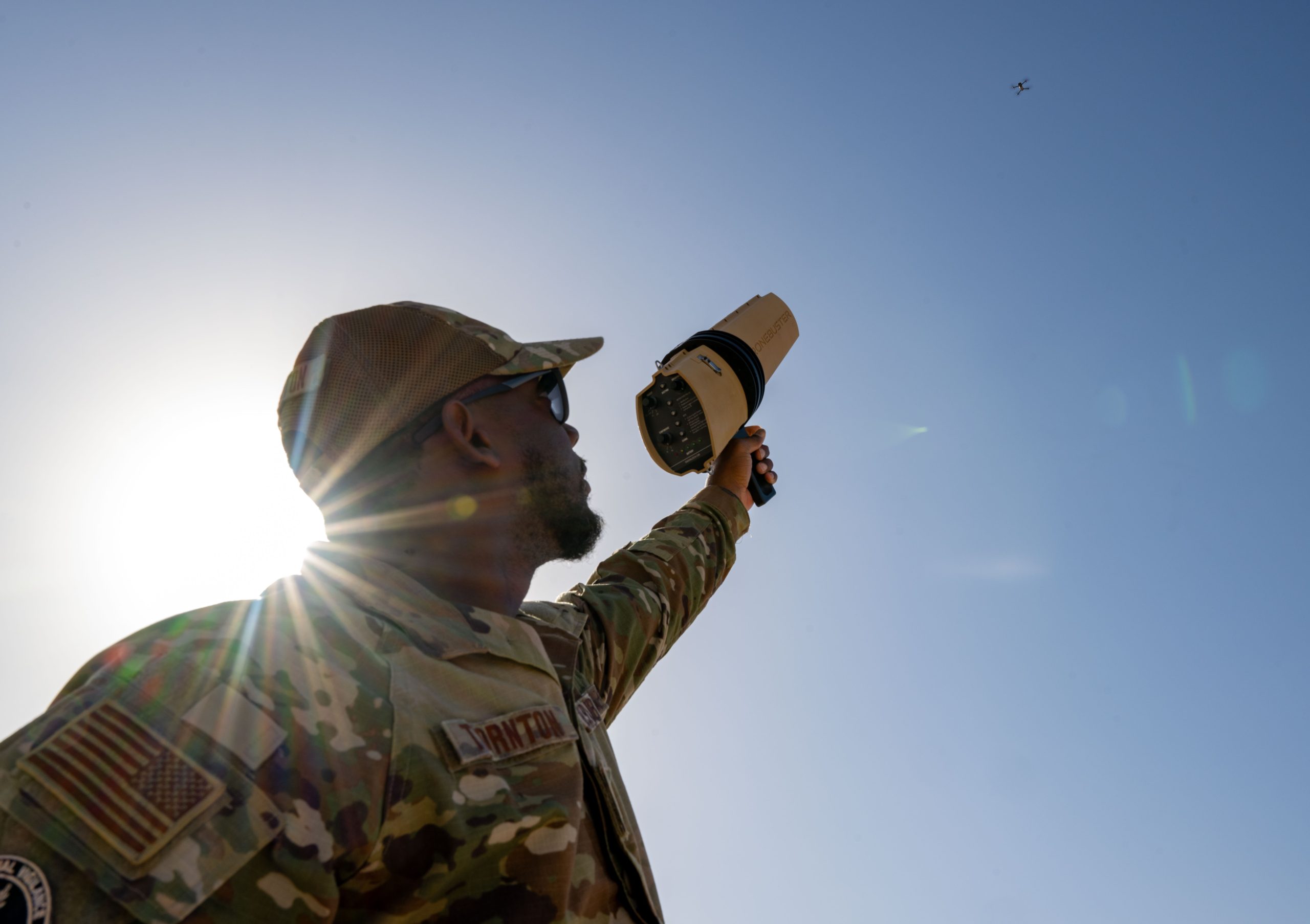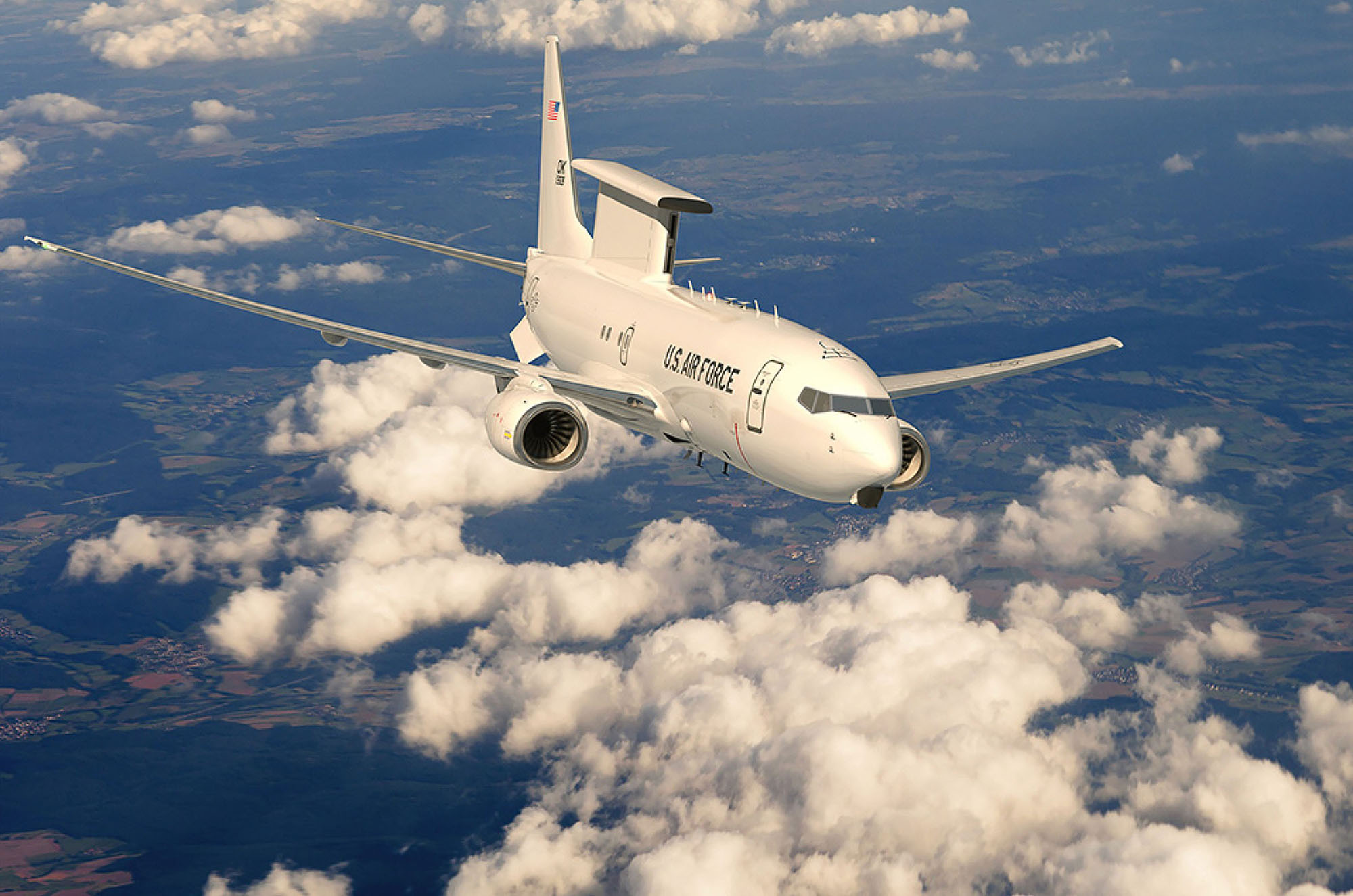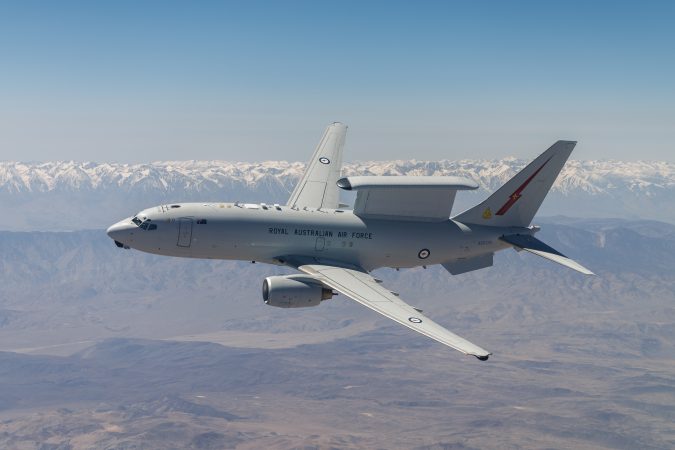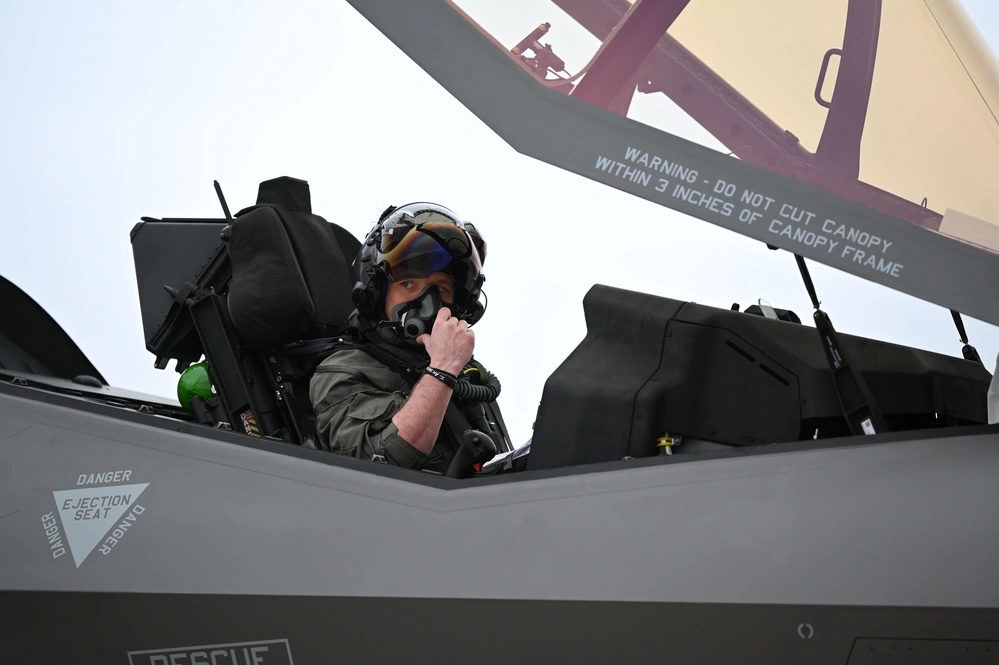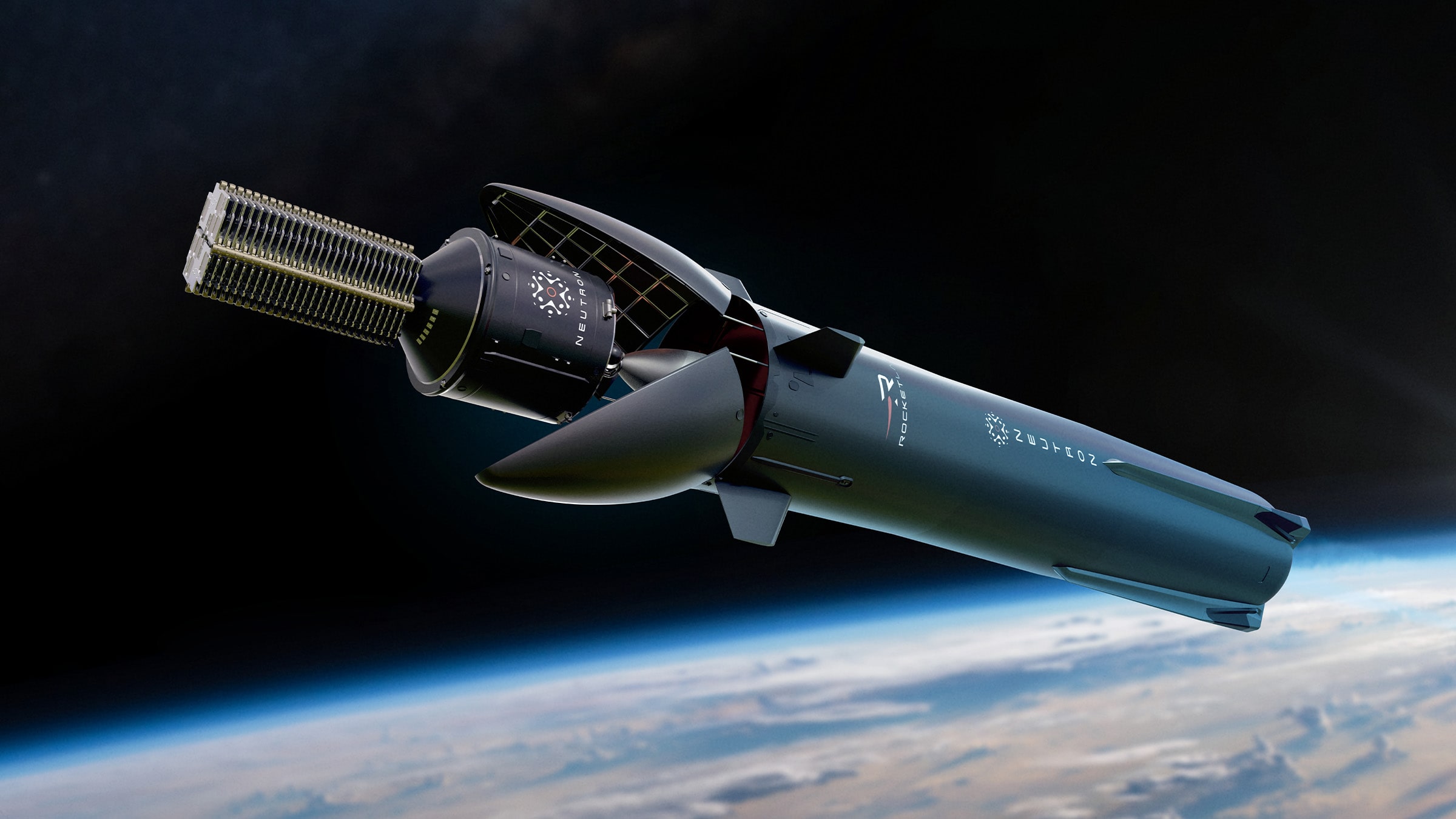The Pentagon is seeking ways to down hostile drones to defend military bases without endangering nearby civilians or infrastructure—and it wants solutions soon.
In the wake of increased drone activity near U.S. and overseas bases, the Pentagon’s Defense Innovation Unit recently invited industry to present low-collateral defeat (LCD) capabilities that can engage hostile drones like the ones that hovered unchecked over Langley Air Force Base, Va., for two weeks in December 2023.
Engaging drones near civilian areas will always present challenges, however, experts say, either in the form of disrupted radio frequency signals, collateral damage from downed drones, or other disruptions.
The solicitation is part of Replicator 2, an effort to produce thousands of low-cost counter-drone systems for every domain. It teams DIU, the Joint Counter-small Unmanned Aircraft Systems Office, and U.S. Northern Command and, if successful, would offer a range of counter drone systems that could go into pre-production testing by next year.
The Defense Department has already developed counter-drone weapons ranging from high-explosive missiles to soft-kill technologies designed to jam GPS signals and destroy onboard electronics. But battlefield systems can’t be used in the populated areas around U.S. installations.
“You’ve got the missiles, which will just simply explode either at or nearby the incoming drone, you’ve got guns … and then you’ve also got all the non-kinetic options too—there are high-energy lasers, high-powered microwaves, radio frequency soft kill mechanisms for dealing with this,” said Shaan Shaikh, a defense analyst at RAND. “There are pros and cons to all of these methods. If you’re using a missile system … that is going to cause some debris. There are pieces of the drone, as well as of the missile system itself, that will come back to Earth. If you’re using high-power microwaves, that could potentially fry other electronics in the area.”
Members of Congress have questioned how more than 350 were able to fly over about 100 U.S. bases last year, and defense officials have acknowledged that the commercial drone industry has outpaced the tools to counter them.
“What we are seeing is kind of the rapid advancement of the threats,” said David Payne, director of the Defense Innovation Unit’s Replicator program. “Drones, to put it simply, are getting better and better, driven by commercial technology, and that presents a significant challenge. They’re hard to aim at, hard to hit, and … whatever form of shot you’re taking at it, you do not want that to impact something behind it.”
Northern Command’s short-term fix is to acquire mobile “flyaway kits,” which include countermeasures such as jammers, lasers, or kinetic systems that can be rapidly deployed to bases at a commander’s request.
Payne said the goal now is to expand the options available to defeat drones without posing a threat to civilians nearby.
“There are numerous low-collateral defeat approaches that are out there today,” Payne said. “One of the common ways right now … is an electronic attack. So that’s commonly done by having a library or database of existing drones that are out there with what protocols they use. The system is able to pick up and see what drone is out there, what protocol it’s using, and is able to intercept that signal, replace the signal with what you [need] to be able to take over the drone … to fly it to wherever you would like it to be.”
On the kinetic side, Payne said one solution could be hardened intercept drones designed to ram hostile unmanned aerial systems.
Stacie Pettyjohn, director of the Defense Program at the Center for a New American Security, said collision drones would probably be safer than bullets or missiles.
“You’re trying to have it crash in a way that doesn’t crash on somebody’s house or somebody’s car or some kid that’s walking home from school,” Pettyjohn said. “And since spaces are very much nested in American communities, except for some of the nuclear sites that are in more remote locations, you still have those collateral damage concerns.”
Shaikh suggested those concerns point the way forward. “I think you’re gonna probably have a preference for the no- kinetic options—that is the lasers, the microwaves, the potentially radio frequency options as well,” he said. “But now the question is, under what circumstances can these be used, and in what areas can they be used?” The rules of engagement will have to be worked out.
Pettyjohn agreed that the services need more low-collateral options, but said its only part of a solution to a “really thorny problem that is largely a policy and regulatory” issue that will require better coordination between multiple government agencies.
“You have a bunch of different agencies that have responsibility for different parts of the issue. … It involves [the Department of Homeland Security], state agencies, local government agencies, police forces, as well as the [Federal Aviation Administration], which has set up most of the rules that really limit what can be done in terms of intercepting drones that might be hostile,” Pettyjohn said. “It is not a matter of legality; it is a matter of process and coordinating with the other agencies, like you’re going to need to. You want to tell the FAA before you go shoot something down because you want to clear the rest of the airspace, and you want them to understand what’s going on. You want to coordinate with DHS and others, and that sort of interagency process doesn’t exist.”
Legal and policy constraints must be addresssed. For situations where drone flights create an imminent threat, the Defense Department proposes to relax its requirements under section 130i or Title 10, which limits which installations in the U.S. can engage hostile drones without prior approval from other federal authorities, said Mark Ditlevson, acting assistant Secretary of Defense for homeland defense and hemispheric affairs, in testimony before the House Committee on Oversight and Government Reform April 29.
“We also want to expand the locations and missions covered under 130i,” Ditlevson said. “We’d like to expand that to cover all installations.”
Drone technology companies seeking to compete in DIU’s counter-drone program have until May 19 to submit proposals. Those selected would compete in an initial test event in the fall or winter of 2025. Follow-on testing and development would lead to pre-production assessments in just over a year.
“This specific opportunity is to expand the menu of options so each of the services have existing low-collateral defeat mechanisms, have sensor packages, have a whole system-of-systems approach,” Payne said. “We’re really going out there to find the best technology and approaches [available] today” and to identify entirely new approaches that may not have been available or possible in the past.
